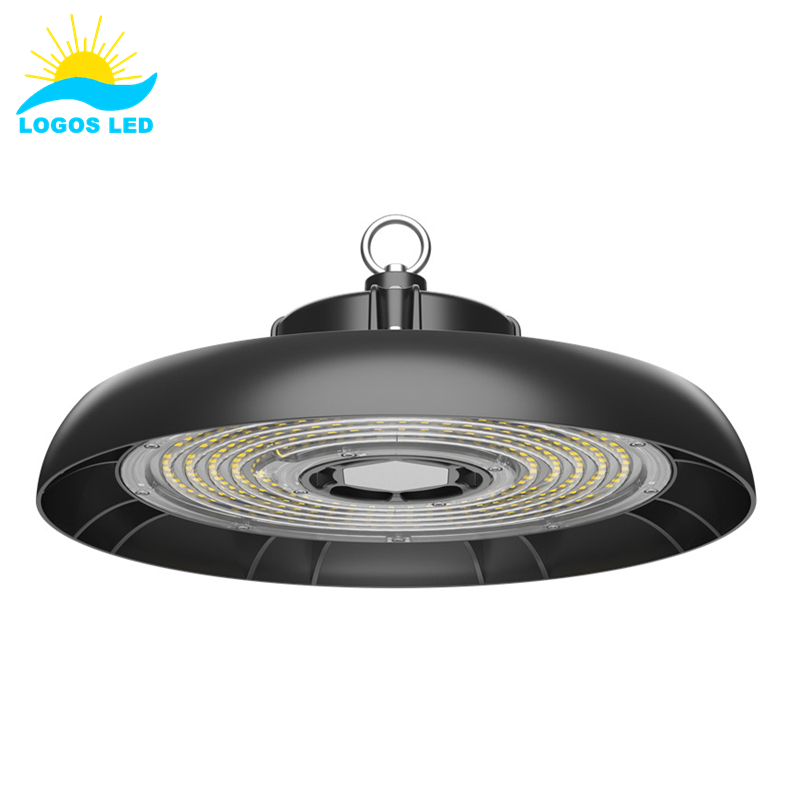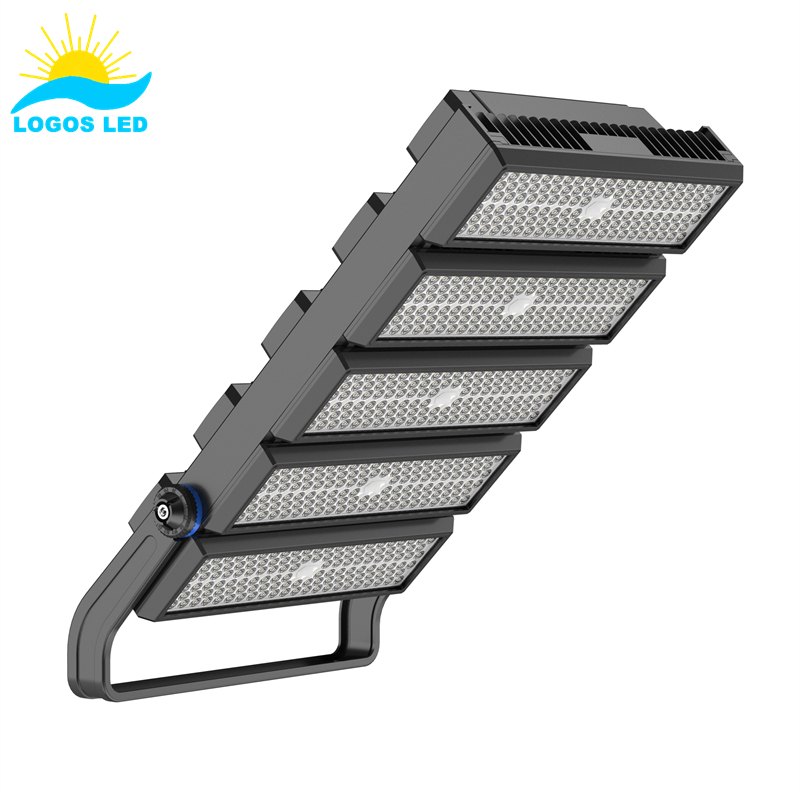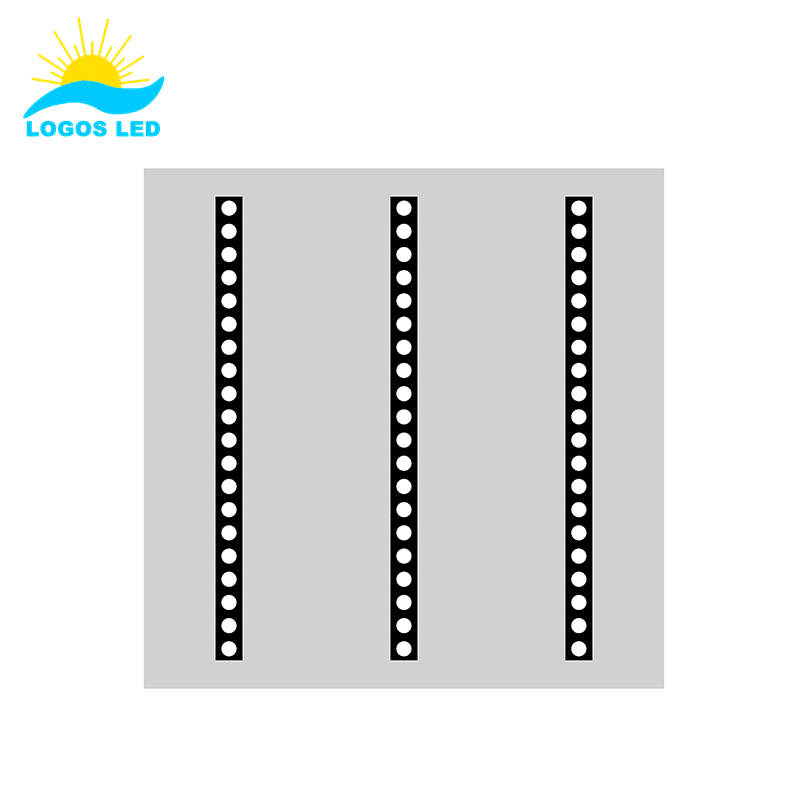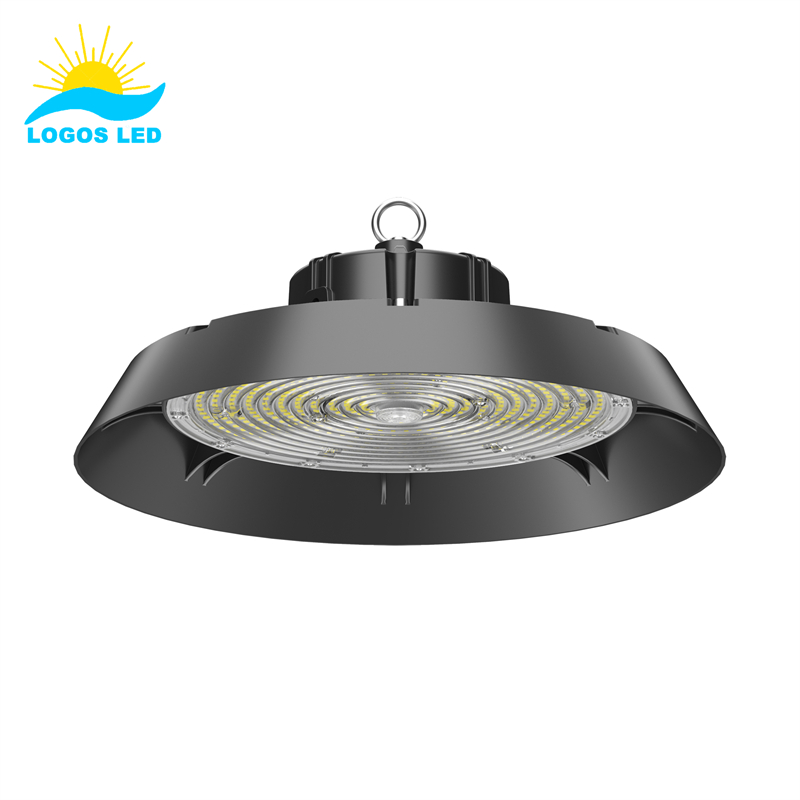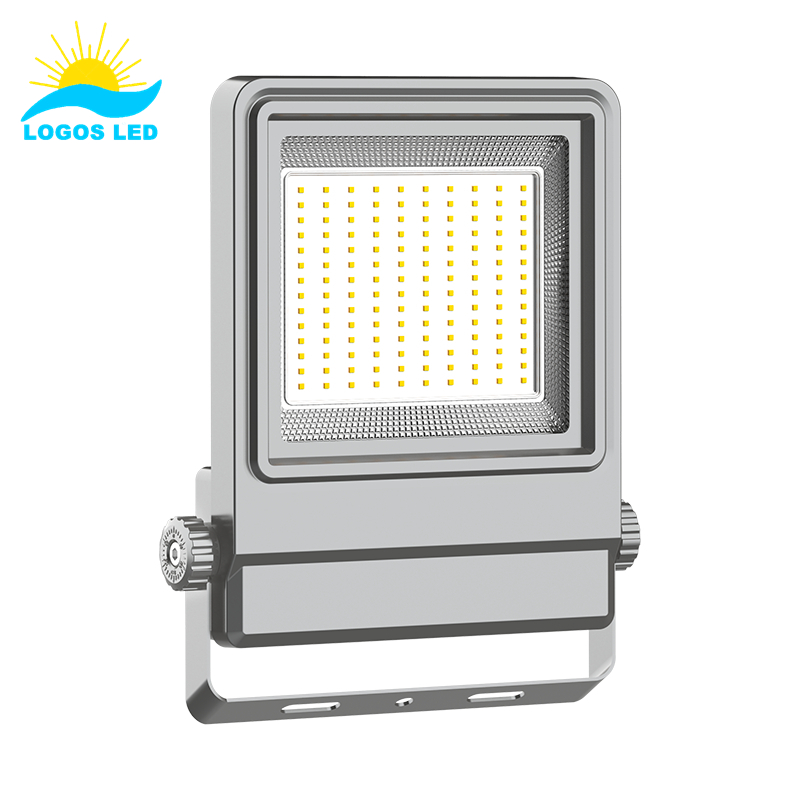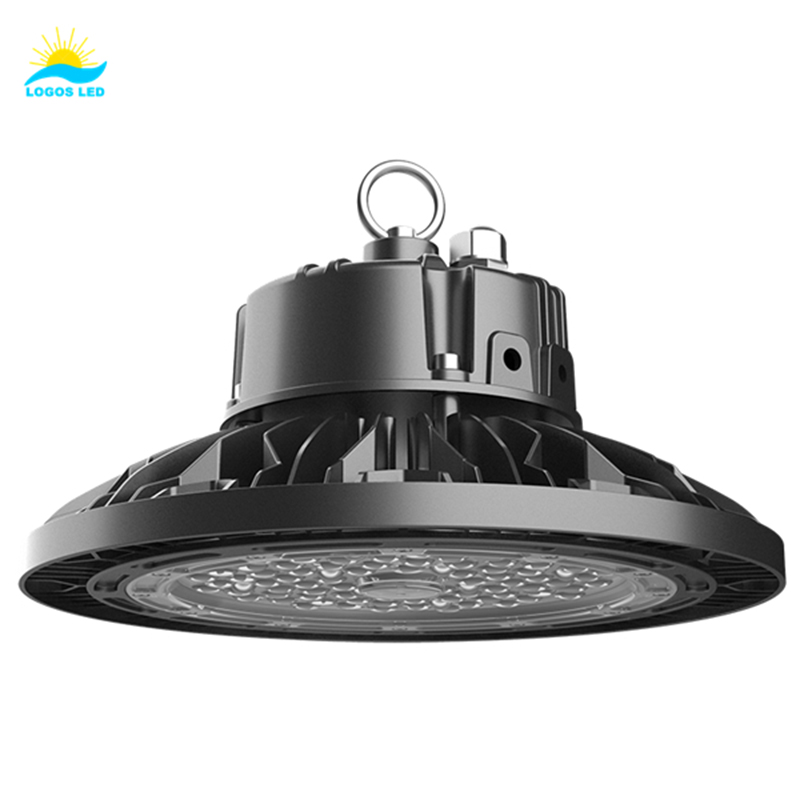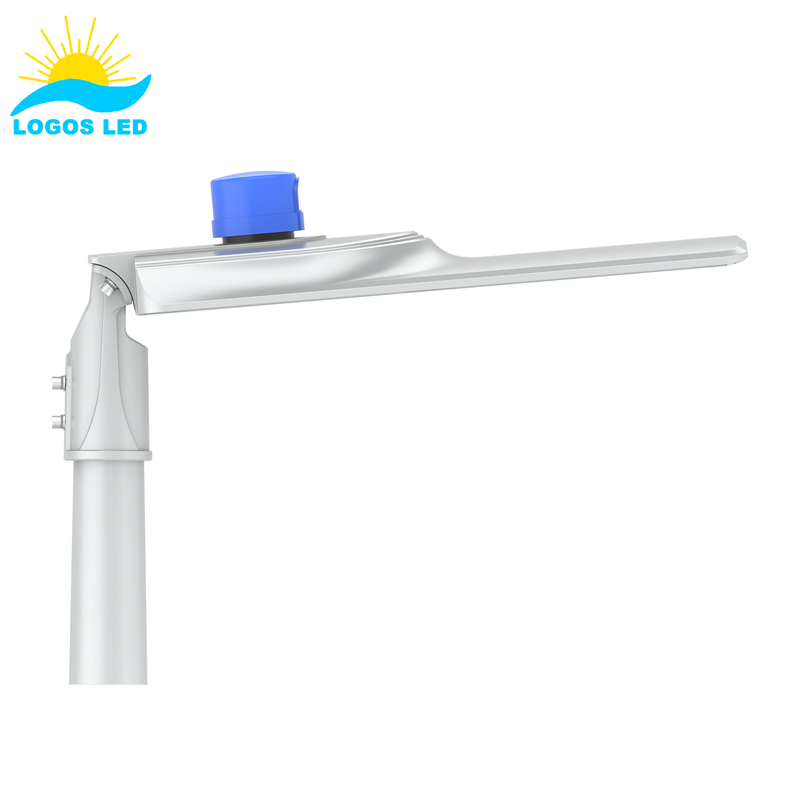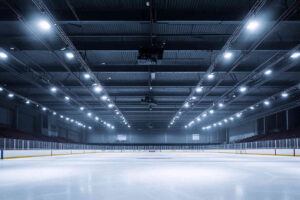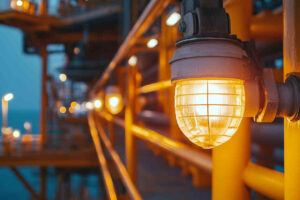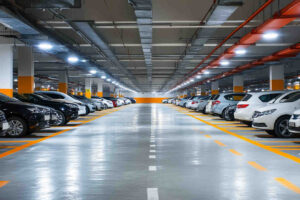Confused by how LED lights function? Misunderstanding their operation can lead to poor choices and inefficiencies. Let’s clarify how they work and why they’re beneficial.
LED lights work by passing electricity through a semiconductor diode, creating light through a process called electroluminescence. The diode’s p-n junction releases photons when electrons and holes recombine. This forms the core of an LED chip. In an LED luminaire, multiple chips are combined with drivers, heat sinks, and optical lenses to create a complete lighting system. The driver controls power flow, while the optics guide light direction and beam shape.
Stay with me as we delve deeper into the fascinating world of LED technology.
Table of Contents
How Does a LED Light Source Produce Light?
LEDs, short for Light Emitting Diodes, create light using a simple but powerful process called electroluminescence. Here’s how it works:
Inside each LED is a semiconductor material. When an electric current flows through this material, electrons start moving. As they pass through the junction between two differently charged parts of the semiconductor, they lose energy. That energy doesn’t go to waste—it gets released as light.
This light comes out as photons, the tiny particles that make up light waves. The type of material used in the semiconductor decides how much energy is released and what color the light will be. That’s why different LEDs can produce different colors, like warm white, cool white, red, or blue.
The whole process is super efficient. Unlike incandescent bulbs that waste energy as heat, LEDs turn most of their energy directly into visible light. That’s why LED lights are cooler, longer-lasting, and more energy-saving than older lighting technologies.

How Do LED Lights Work?
LED lights function through a technology called a p-n junction, built from semiconductor materials. This junction has two sides: the p-type with positive charge carriers (holes) and the n-type with negative charge carriers (electrons). When forward voltage is applied, it causes electrons from the n-type side to move across the junction and meet the holes on the p-type side.
When these electrons and holes combine, they release energy in the form of photons—this is the light you see. This process is known as electroluminescence.
What sets LEDs apart is their efficiency. Instead of heating a filament like traditional bulbs, LEDs create light through direct energy conversion. This means less wasted energy as heat and more of it as usable light. The result? Lower energy bills, longer life spans, and more reliable lighting for everything from office ceilings to warehouse aisles.
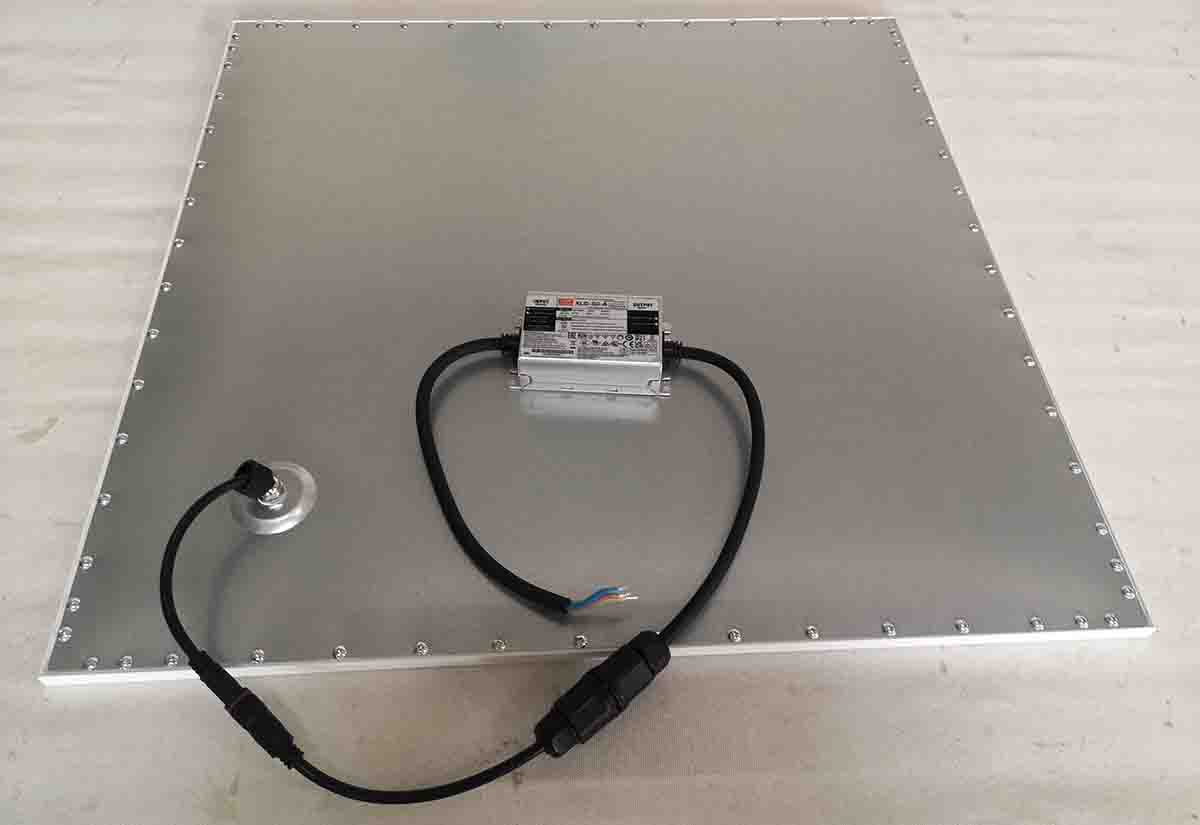
How Do LEDs Get Power?
LEDs operate on direct current (DC), which means they need a steady, low-voltage flow of electricity in one direction. However, the power supplied to most homes and commercial buildings is alternating current (AC). That’s where the LED driver comes in.
An LED driver acts like a translator—it converts high-voltage AC into low-voltage DC that the LED can safely use. It also regulates the amount of current flowing to the LED. Without this control, the LED could overheat or flicker, which would shorten its lifespan or cause it to fail.
Depending on the application, the driver may be built into the LED fixture or installed externally. In high-power systems or commercial setups, external drivers are more common because they offer better heat management and are easier to replace if needed.
In short, the driver is essential. It ensures the LED gets clean, consistent power and protects your investment by extending the light’s life and performance.
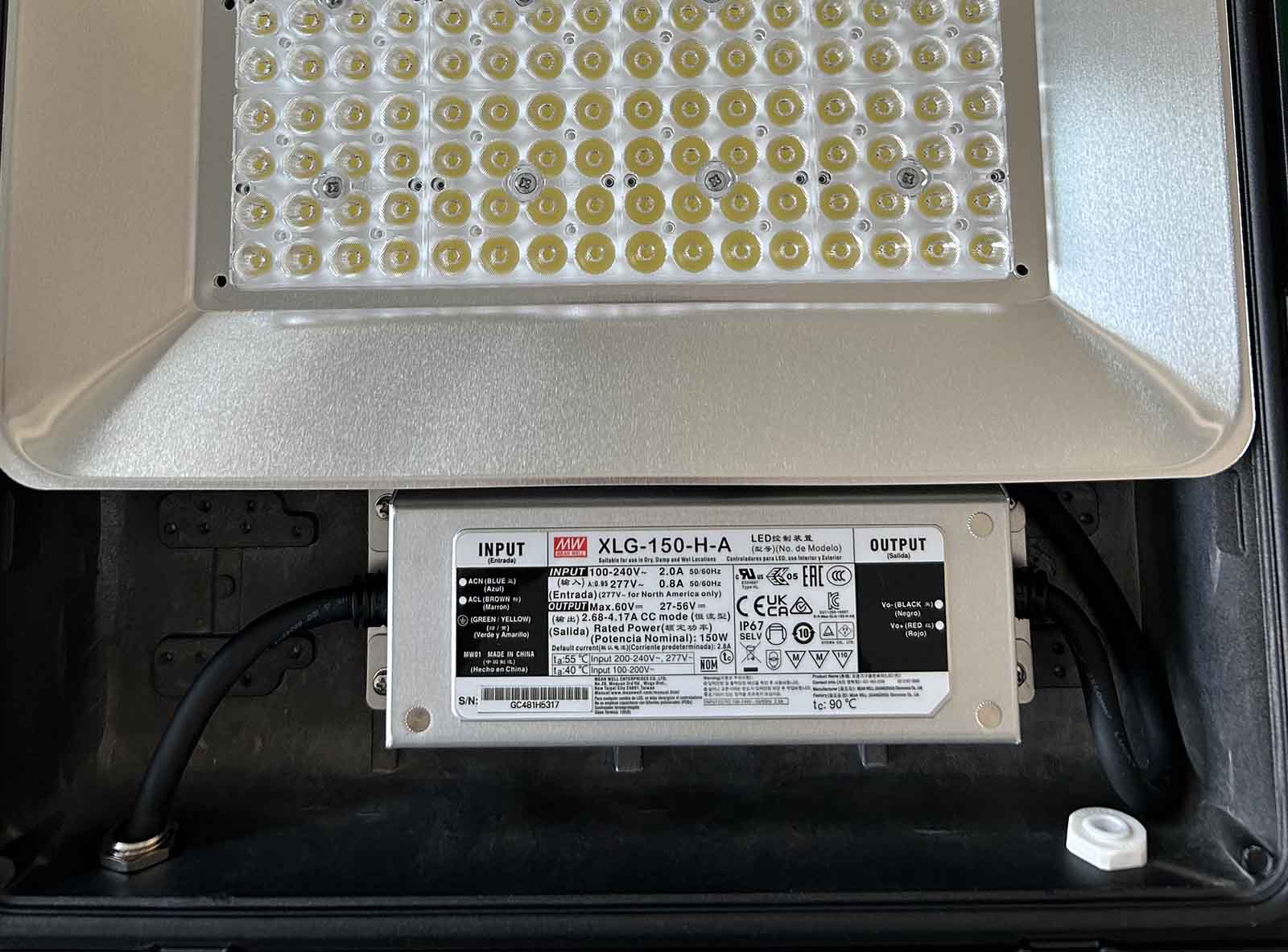
How Do LED Lights Produce White Light?
LEDs don’t naturally emit white light. Instead, manufacturers use two main methods to create white light from LEDs, and each has its own advantages depending on the application.
- Phosphor Conversion
This is the most common method. A blue LED is coated with a layer of yellow phosphor—a special material that glows when hit by blue light. Part of the blue light gets converted into yellow, and the rest passes through. When your eyes mix the blue and yellow together, it looks white. This method produces a soft, consistent white light and is used in most household and commercial LED bulbs. -
RGB Combination
The second method uses three separate LEDs—red, green, and blue. By blending these colors in the right proportions, manufacturers can create white light. This method allows for tunable color temperatures and even full-color spectrum lighting. It’s often used in decorative or stage lighting where color-changing features are needed.
Both methods are highly energy-efficient, but phosphor-converted white LEDs are generally more stable and cost-effective for general lighting purposes, while RGB LEDs are more flexible and controllable in specialty lighting applications.

SMD LEDs
Why Is Blue LED Difficult to Make?
Creating blue LEDs was challenging due to the need for materials with a wide bandgap. It wasn’t until the development of gallium nitride (GaN) semiconductors that efficient blue LEDs became possible. This advancement was crucial for producing white LEDs and earned researchers the Nobel Prize in Physics in 2014.
Do LED Lights Use a Lot of Electricity?
No, LEDs are highly energy-efficient. They consume up to 90% less power than incandescent bulbs for the same light output. This efficiency translates to lower electricity bills and reduced environmental impact.
Benefits of LED Lights
LED lights offer a wide range of advantages that make them a smart choice for both residential and commercial use. Here’s a closer look at what makes them stand out:
- Energy Efficiency
LEDs use far less electricity than traditional lighting options like incandescent or fluorescent bulbs. This means lower utility bills and reduced energy consumption, which is good for your wallet and the environment. -
Long Lifespan
A high-quality LED light can last 50,000 hours or more, which is years longer than older lighting technologies. That means fewer replacements and less maintenance over time. -
Durability
LEDs are built with solid-state components, so they can handle shocks, vibrations, and rough handling much better than fragile glass bulbs. This makes them ideal for industrial settings or outdoor use. -
Environmental Impact
Unlike fluorescent bulbs, LEDs contain no harmful substances like mercury. Plus, they’re fully recyclable, which reduces landfill waste and supports sustainable practices. -
Instant Lighting
LEDs light up at full brightness the moment you switch them on. There’s no warm-up time, no flicker, and no delay—just immediate, reliable illumination.
These benefits make LED lights not just a replacement, but an upgrade for nearly every lighting application.

How to Maintain LED Lights
To get the most from your LED lighting, proper maintenance is key. While LEDs are known for their long life and low upkeep, following a few best practices will help them perform at their best for years to come.
- Proper Installation
Make sure your LED lights are installed with the correct voltage and current. Using an incompatible power supply or bypassing the driver specs can lead to premature failure. Always follow manufacturer guidelines and, when needed, get help from a qualified electrician. -
Adequate Cooling
LEDs generate heat at the base, and while they run cooler than traditional bulbs, they still need proper cooling. Use fixtures with built-in heat sinks or ensure there’s enough airflow around the unit. Overheating can shorten lifespan and reduce brightness. -
Regular Cleaning
Dust and dirt buildup on lenses or covers can block light and lower output. Wipe down your fixtures regularly with a soft cloth and gentle cleaner to keep them shining bright. In industrial or outdoor environments, cleanings may need to be more frequent. -
Avoid Frequent Switching
Unlike older technologies, LEDs handle switching on and off very well. But if you’re using automated systems or motion sensors, try to avoid unnecessary cycles. Continuous switching—especially in cheap fixtures—can put stress on internal components over time.
By sticking to these maintenance tips, you’ll ensure your LED lights deliver consistent performance, efficiency, and longevity.
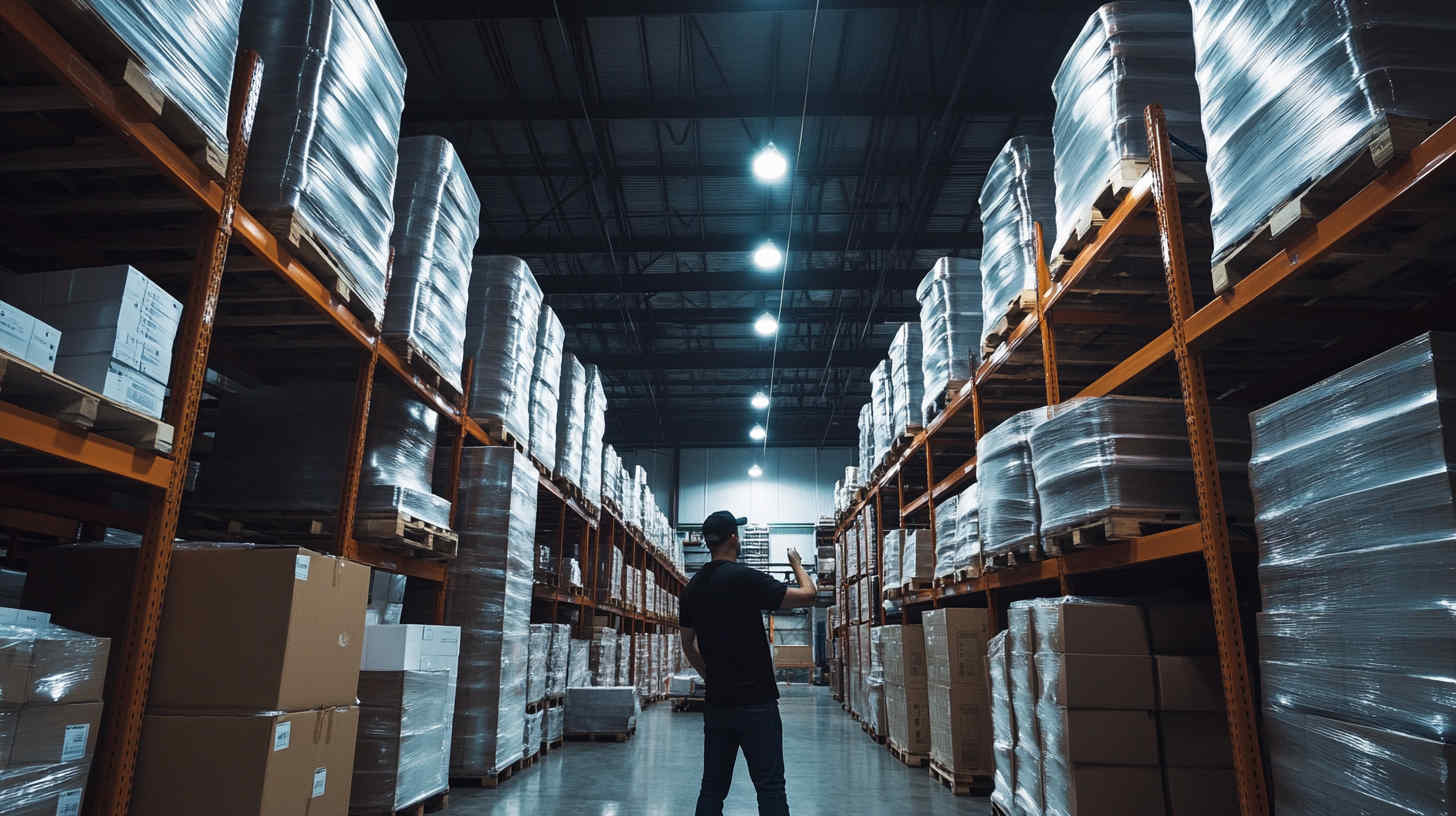
FAQs About LED Lights
Is There a Downside to LED Lights?
While LEDs have many advantages, some users report issues like blue light exposure affecting sleep patterns and higher upfront costs compared to traditional bulbs.
Why Do LED Lights Flicker?
Flickering can result from incompatible dimmer switches, voltage fluctuations, or faulty drivers. Using compatible components and quality drivers can mitigate this issue.
Can LED Lights Be Wired Directly?
LEDs require a constant current or voltage source. Direct wiring without appropriate drivers can damage the LED. Always use recommended drivers or power supplies.
What Happens If You Wire LED Lights Wrong?
Incorrect wiring can lead to malfunction, reduced lifespan, or immediate failure. Always follow manufacturer guidelines and consult professionals if unsure.
How Does a Light Bulb Emit Light?
Traditional bulbs emit light by heating a filament until it glows, a process that wastes a lot of energy as heat. LEDs emit light through electroluminescence, which is more efficient and cooler.
What Supplies Power to an LED?
An LED driver supplies the necessary voltage and current. It converts AC from the mains to the DC required by the LED, ensuring stable operation.
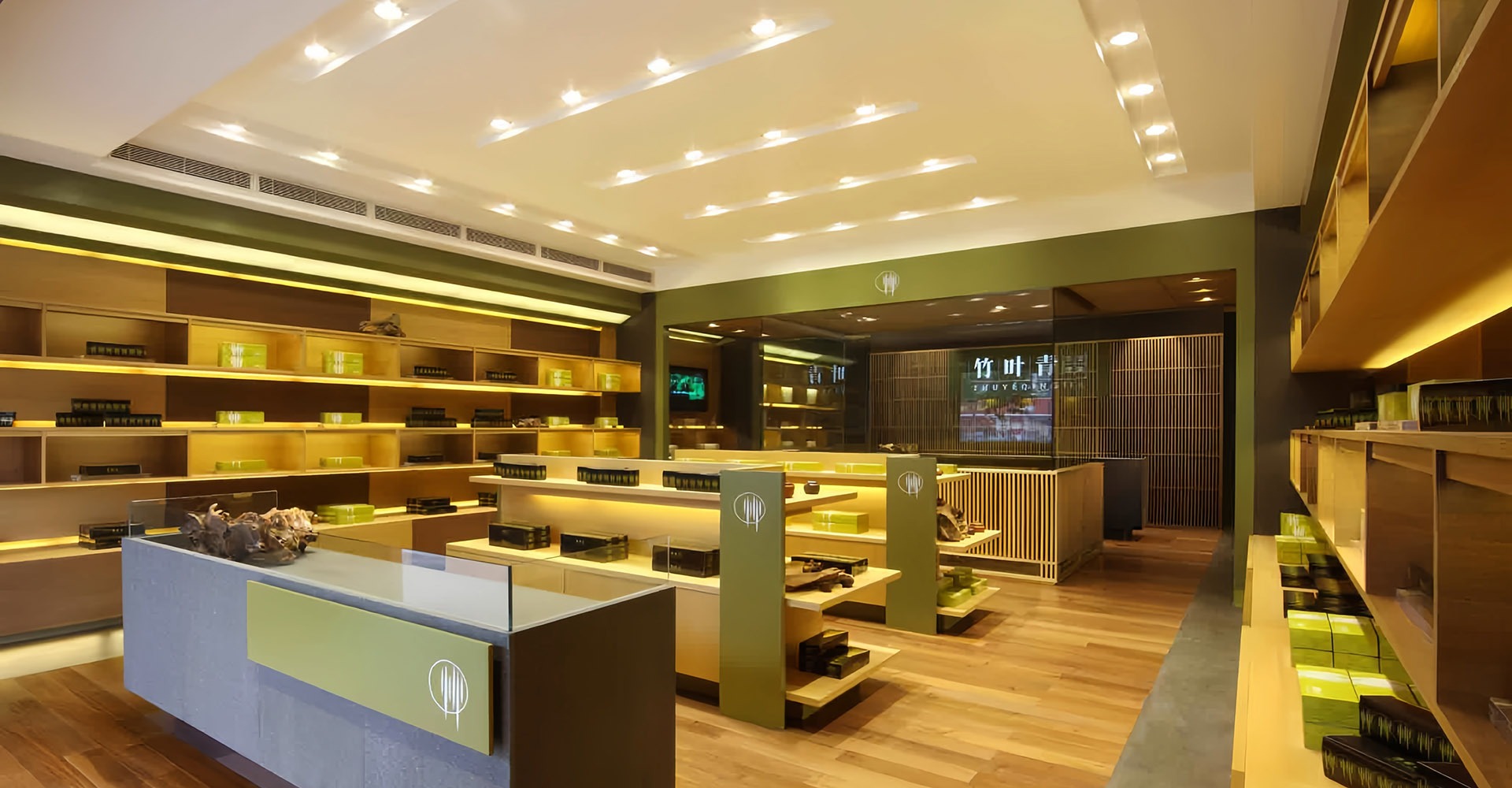
Conclusion
Understanding how LED lights work helps in making informed decisions for lighting needs. Their efficiency, longevity, and versatility make them an excellent choice for various applications.
If you have any questions or need assistance with LED lighting solutions, please feel free to reach out to us directly. Our team of lighting experts is here to help.
Request A Free Quote Now!
Send us a message if you have any questions or request a quote. We will get back to you ASAP!



